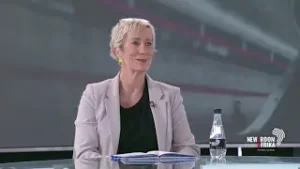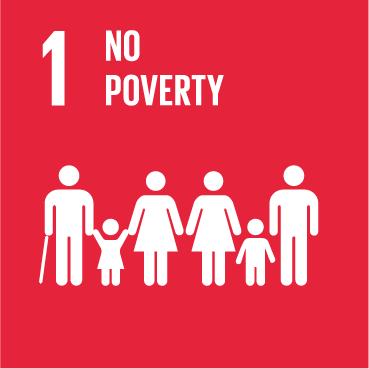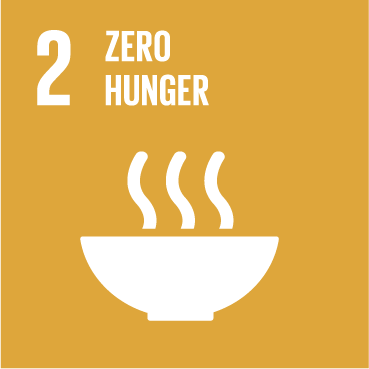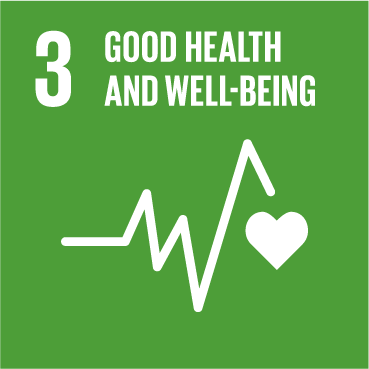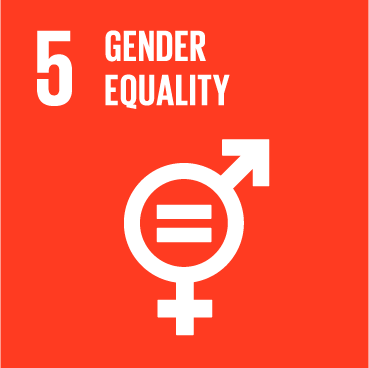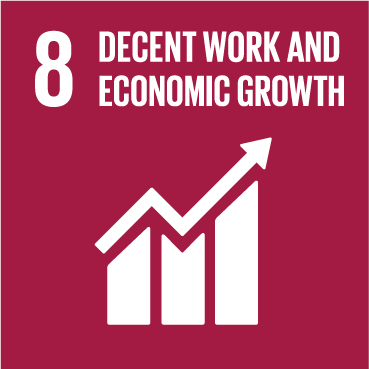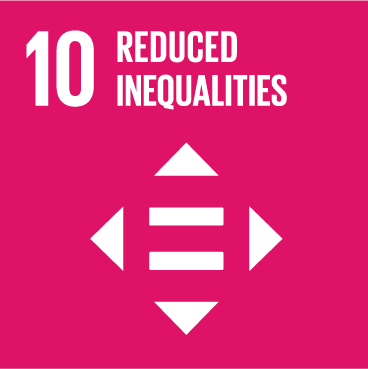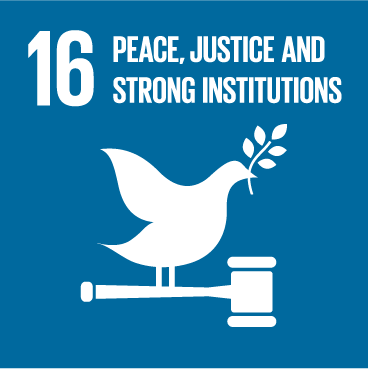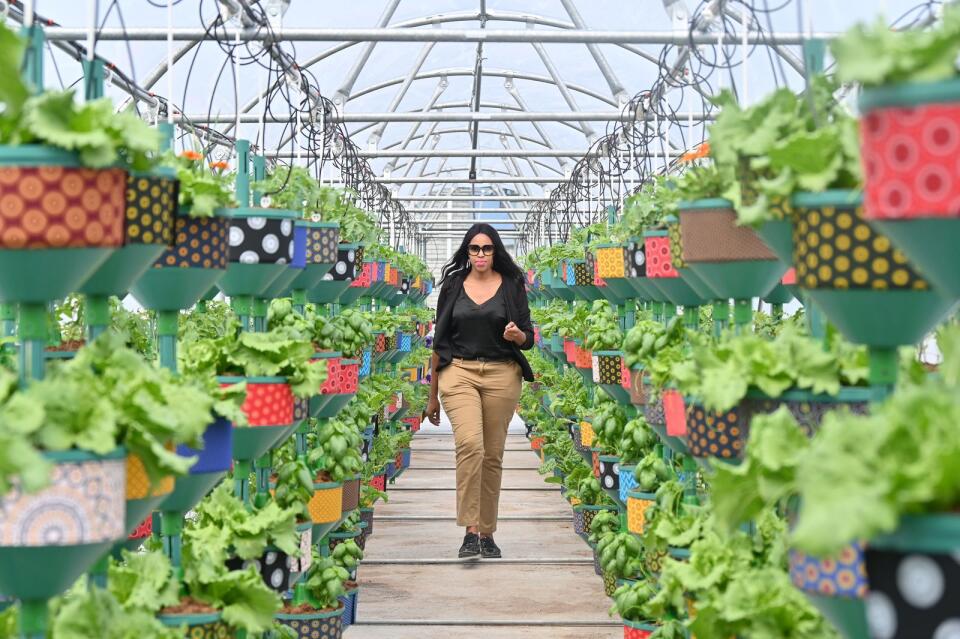 Picture: Ayanda Ndamane / African News Agency (ANA) – Akhona Gxuluwe, Rooftop farm Manager from South African Urban food and farming trust, with its exciting new farming approach that aims to create a sustainable long-term solution to climate change, food-insecurity, youth unemployment and rapid urbanisation. There are some interesting ventures that are being developed, but so much more is necessary, the writer says.
Picture: Ayanda Ndamane / African News Agency (ANA) – Akhona Gxuluwe, Rooftop farm Manager from South African Urban food and farming trust, with its exciting new farming approach that aims to create a sustainable long-term solution to climate change, food-insecurity, youth unemployment and rapid urbanisation. There are some interesting ventures that are being developed, but so much more is necessary, the writer says.A forthcoming publication on unemployment sets out with sickening detail the extent of the unemployment crisis that will sink South Africa. The scale and numbers of people who are increasingly disconnected from the core of the labour market is frightening, but the pathology of denial of the very existence of this crisis and the implications for society as a whole are most worrisome.
There are some interesting ventures that are being developed through the Presidential Employment Stimulus like the exciting new Hlanganisa ‘sisterhood advocates’ to support survivors of gender-based violence. But so much more is necessary. South Africa needs to accept that the solution to unemployment lies in changing the macroeconomic framework.
The paper South Africa’s Unemployment Crisis: A National Disgrace. A Plan To Achieve Full Employment By 2035, a SPI publication authored by Duma Gqubule tackles the macroeconomic failings that are driving the lack of employment creation in South Africa. Gqubule uses the World Bank and IMF GDP growth projections for South Africa of 1.5 percent a year between 2022 and 2026. In the absence of any structural macro reforms, the current growth path will lead to an unemployment rate in 2030 of 50.9 percent, representing 17 million unemployed people.
The paper charts the impact of successive macroeconomic policies on employment. During the initial period of RDP to Gear (1996 and 2003), unemployment rose from 33 percent to 40.6 percent. This represented in human terms an increase from 4.6 million people in October 1996 to 8 million by March 2003, an increase of 3.4 million people, just short of a doubling of unemployment. The macro economic policy of slashing public expenditure under Gear directly impacted on investment and job loss. In direct contrast to this, the post-Gear phase between 2003 and 2008 saw an increase in jobs that clearly followed the state’s adoption of expansionary macro-economic policy. Unemployment dropped to 28.7 percent or 5.9 million people in December 2008.
The following decade between 2009 to 2019 the author describes as the ‘lost decade’. South Africa had an annual average GDP growth rate of 1.4 percent and an annual average employment growth rate of 1 percent, however the labour force grew by 2.4 percent a year. Unemployment rose to 3.7 percent, or 4.4 million people which took the total number of unemployed people to 10.4 million in December 2019, just before Covid-19.
Government’s macroeconomic policy approach in these years was and continues to be, a narrow targeting of inflation and debt. This led to government aggressively pursuing and defending austerity budgeting which bled much needed money out of the economy. The paper demonstrates that GDP and employment growth follows public investment. Absent public investment and you see the entrenched structural unemployment and poverty that South Africa is facing, continuing and exacerbating.
The paper concludes that the economy needs to be primed with two stimuli, the first through a decent Basic Income Grant, and the second through a bold public works programme with the state acting as employer of last resort. In addition, the state needs to adopt an aggressive industrial policy and, critically, to expand the target of the South African Reserve Bank to a ‘triple mandate that combines GDP growth, employment and inflation.’ Modelling these policy solutions, the author finds that an unemployment rate of between 4 percent to 11 percent is achievable, depending on policies adopted and implemented by the state. But unless and until these steps are taken, the author cautions, ‘(T)he government must stop raising the hopes of young people with pointless supply-side programmes that do not address the core issue. Companies have massive spare capacity. In 2021, in South Africa, the under-utilisation of production capacity in large industrial companies was 22.4 percent, primarily due to insufficient demand for the products that companies could produce (Stats SA, 2022d)…. This means that there is no demand for workers because there is too little money in the economy …’.
It is encouraging that there are pockets of people within the state working on advancing South Africa’s approach to public works. From the old notion of short-term programmes designed for temporary glitches in the labour market, the state has developed a concept of ‘social employment’ programmes as part of the social economy. Designed to produce ‘public goods’, these programmes create permanent part time work of 100 days per year, with wages pegged at the National Minimum Wage.
One such initiative is the Hlanganisa ‘sisterhood advocates’. Just over 2,500 women in 4 provinces have been trained and are employed part time as paralegals to assist victims of GBV. This is part of the Presidential Employment Stimulus launched by President Ramaphosa in October 2020 under the Economic Reconstruction and Recovery Plan. Funded to a tune of R23.6 billion according to the website, these jobs include school assistance, ‘place making’ for public areas, greening jobs, care work amongst other initiative and are designed to be run through a private intermediary in labour intensive ways.
Interestingly, the Social Transformation Commission resolved at the 6th National Policy Conference of the ANC held in July 2022 to advance both a universal unconditional basic income and the extension and development of public works. The resolution very clearly distinguishes between an unconditional universal income, and a second tier of employment stimulus programmes: “people may apply for the second type of income support to recognise their social investment as care workers, to support their working capital as micro entrepreneurs, or to support their activities as active job seekers”.
The festive season for the 11.9 million unemployed people in South Africa will be bleak. There is hope, while distant, that policy makers appear to be growing in their understanding of the need for various and multi-pronged strategies to deal with the all- consuming beast of unemployment. But single initiatives and programmes must be located in an expansion to the macro economic framework to include growth and employment targeting or the state will not be able to achieve the scale of what is needed to secure the promised dream of equality and dignity for all.
© The African [2022]. All rights reserved.


